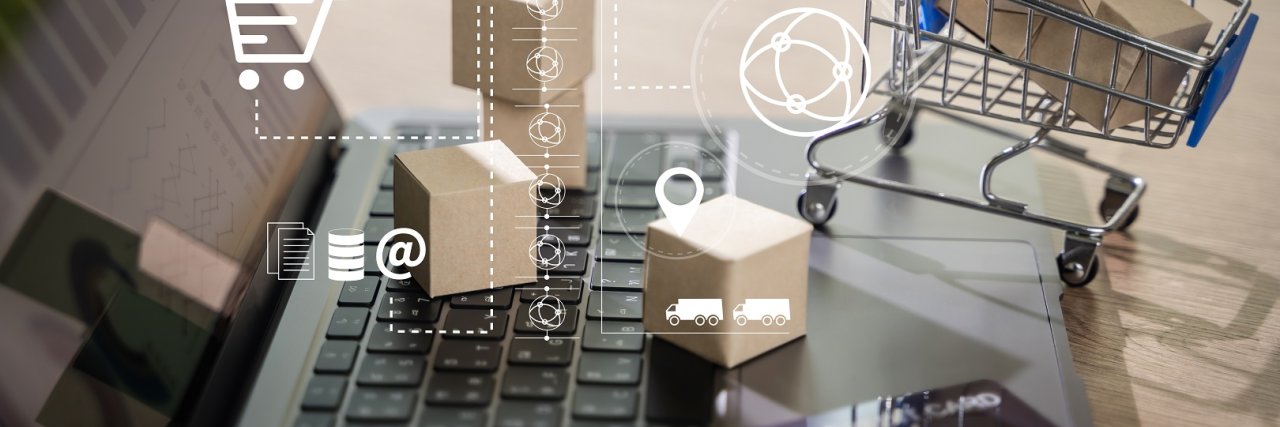The Trusted Returns Report 2023: Viewing returns differently offers more potential in the After-Sales Cycle

The question now is which changes were temporary due to the pandemic and which represent organic changes in consumer behavior. New processes have been tried and found favor, while the previous status quo of returns has left many desires unfulfilled. More detailed insights into these changes and their possible origins are provided by this year's survey by Trusted Returns, conducted by the survey institute OnePoll, with a total of 1,000 participants from Germany over the age of 18. Survey data from 2021 and 2022, conducted under identical conditions, is also considered.
Diverse customer needs should meet diverse solutions
Contrary to the pandemic years, according to the latest results, German consumers neither consider local nor online trade categorically sustainable. However, they see potential for optimization in online trade, mainly in delivery and returns: reducing packaging waste (72%), lowering return rates through better product descriptions (46%), and improving delivery logistics (45%). Following this thread, it's noticeable that besides the universally disliked packaging waste, better product descriptions and thus a reduction in the return rate itself are seen as a better way to sustainability than improving delivery logistics (45%). Moreover, more than two-thirds (67%) reported flaws or fit problems, and nearly half (47%) said the online descriptions did not match the actual product. Over the last three years, retailers seem to have worked on improving the quality of their shops: in 2022, 51% wanted better product descriptions, and 47% better delivery logistics. In 2021, the difference was more pronounced, with 50% desiring fewer returns through better product descriptions and only 39% better delivery logistics.
It is noteworthy that these problems do not always require sending back the goods and refunding the purchase price, hence not always the most sensible or sustainable solution. However, according to the survey, these problems occurred most frequently. And here lies the core issue when the after-sales cycle is seen in black and white. For a minor flaw, a price reduction is often sufficient, while for fit problems, or when an incorrect impression is created online, the information content of the insert leaves much to be desired. If a retailer fails to recognize that the after-sales cycle is not black and white, not just oscillating between returning or keeping, they risk fulfilling customer needs only crudely and bluntly.
Courage for new paths and tools
Customers are indeed open to new processes and experiences. For instance, participants in the survey showed keen interest in packaging-free returns, where Amazon customers have been able to drop off their return items without packaging at participating shipping services since the end of 2022. 41% of all respondents have tried this type of return, and nearly a third (32%) did so out of curiosity. This return method was well received, as 82% would handle a return this way again, and nearly two-thirds (64%) even found the process more sustainable. While there is debate about whether omitting a box makes a significant difference in sustainability and whether other processes or disposable goods are used, the customers' perception is influenced by this different approach.
Additionally, customers only have limited trust in retailers' statements about their return processes. Only 15% of participants confirmed they have great trust in these statements, whereas 24% hardly trust them, and another 6% not at all. Half (50%) expressed only moderate trust, and 69% desire more transparency regarding processes when goods are returned. Thus, the current form of the after-sales cycle harbors potential for consumer frustration.
Inserts as a Black Box in the return process
From a consumer's perspective, the insert is a book with seven seals. They put the product in a box, add a filled-out slip, send it off, and, in the best case, get their money back after a few days. What happens in between is not visible. However, it is increasingly questioned why the procedure for a minor flaw is the same as for a completely wrong delivery. Thus, an after-sales cycle that offers more than just infrastructure for returns and cost refunds becomes a tool for customer relationships. Despite the fact that customers can only use the return infrastructure that a retailer offers, for the first time since 2021, the return platform (61%) was preferred over the insert (54%) in this year's survey. In 2022, both options were still equally popular at 65%, while in 2021, 61% of respondents encountered a return platform, and 63% an insert.
Additionally, the after-sales cycle even has the potential to become a unique selling point for a retailer. When asked what solutions participants would welcome for problems with a product, the answers were varied. 39% can very well imagine returning an online-ordered product in a store, suggesting a desire for contact that goes beyond an insert. Another third (34%) wish for the option to keep a product but receive a price reduction, and nearly a quarter (23%) long for repair or consulting services. While 62% of participants still want the option of returning with an insert, the need for solutions that fit the problem more precisely than the blanket approach of sending back and refunding is palpably present.
If customers become more digital, trade should too
Piecing together these impressions, a picture emerges of consumers tired of the status quo in returns. The decades-old process is being questioned, trust in it – and in the retailer's statements – is declining. On the other hand, alternatives are welcomed, tried out, and positively rated. There might well be a significant upheaval once a retailer hits the nail on the head and finds the right returns portfolio for its products and customers. However, competitors who only then consider expanding their after-sales cycle will be easily left behind.